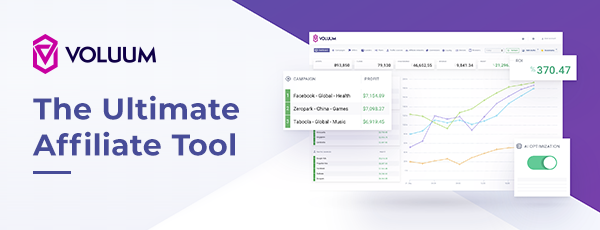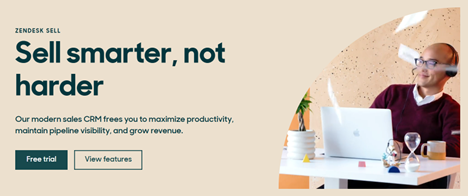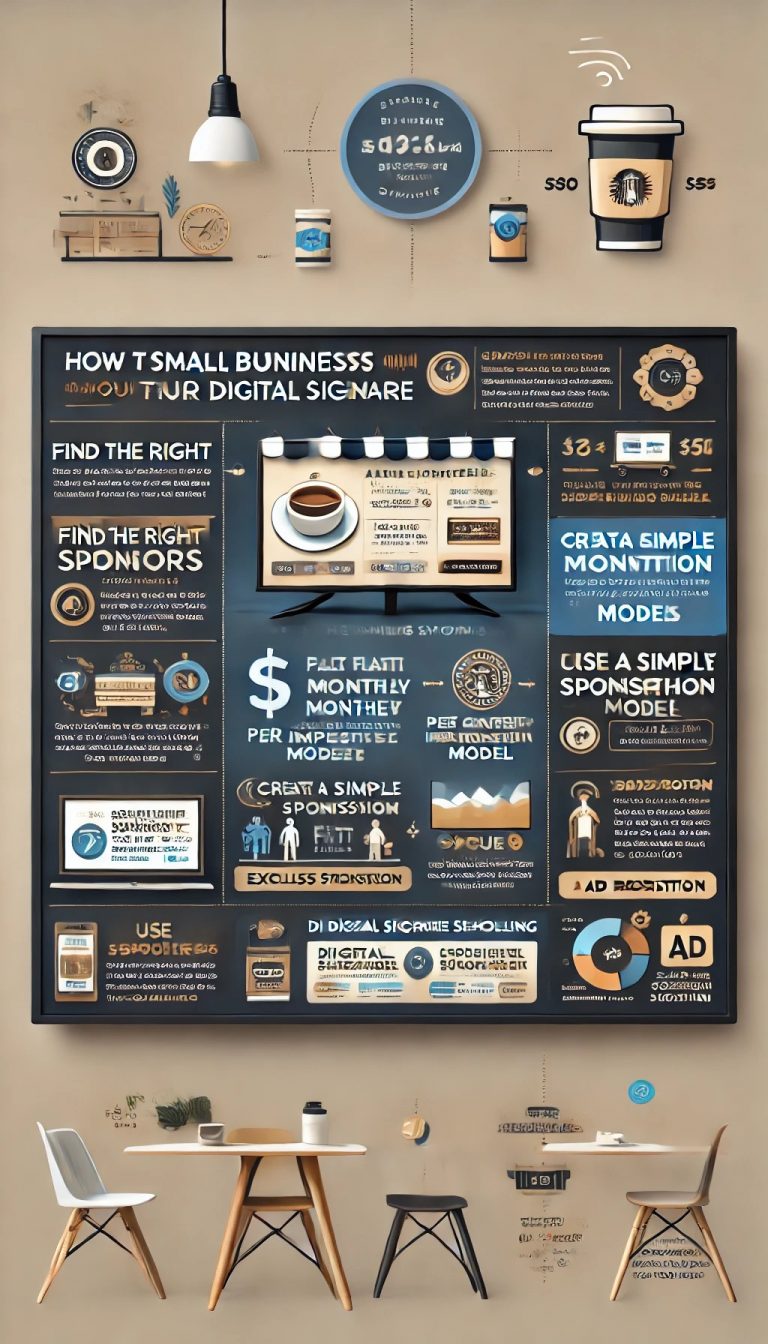The workforce is the heart of every business. Whether you’re running a small startup or managing a global enterprise, your team’s skills, engagement, and productivity directly impact your organisation’s success. From workforce management and development to engagement and scheduling, creating a thriving workforce requires a balance of strategy, empathy, and adaptability.
Disclosure: If you click on my affiliate/advertiser’s links, I am going to receive a tiny commission. AND… Most of the time, you will receive an offer of some kind. It’ s a Win/Win!
When I think about the workforce, the Swedish saying “Många bäckar små gör en stor å”—“Many small streams make a big river”—comes to mind. It reminds me that every individual contribution adds to the organisation’s success, and managing those contributions effectively is the cornerstone of building a strong team.
In this guide, I’ll explore the key elements of workforce success, including how to manage your team efficiently, foster engagement, and invest in development. Whether you’re a business owner, manager, or HR professional, this article will provide actionable insights to help you optimise your workforce and drive long-term growth.
Mastering the Art of Project Management: Your Path to Excellence. Begin your journey HERE.Topics For Our Discussion
1. What Is Workforce Management?
Understand the strategies and tools that streamline workforce operations.
2. The Importance of Workforce Development
Learn how investing in employee skills drives growth and innovation.
3. Workforce Engagement: Keeping Your Team Motivated
Discover how to create a culture of trust and enthusiasm.
4. Workforce Scheduling: Balancing Productivity and Flexibility
Explore effective scheduling strategies that meet both business and employee needs.
5. Exploring Workforce Solutions: Tools and Technologies
Review modern solutions that simplify workforce management.
6. The Role of Communication in Workforce Success
Learn how clear, consistent communication strengthens teams.
7. Workforce Challenges and How to Overcome Them
Identify common workforce issues and strategies to tackle them.
8. Building a Diverse and Inclusive Workforce
Understand the benefits of diversity and how to foster inclusivity.
9. The Future of Workforce Management
Explore trends like AI, remote work, and gig economy integration.
10. Actionable Tips to Improve Your Workforce Today
Simple, effective steps to optimise your team’s performance.
11. Summary and Conclusion: Empowering Your Workforce for Long-Term Success
Level-up your career with Udacity's popular Data Science Programs – Business Analytics, Data Science For Business Leaders, Data Privacy, and many more.1. What Is Workforce Management?
At its core, workforce management is about ensuring the right people are in the right roles, at the right time, to achieve your organisation’s goals. It involves everything from tracking attendance and managing workloads to forecasting future staffing needs. In essence, it’s the science of maximising productivity while keeping your team happy and engaged.
Effective workforce management relies on a mix of strategy and technology. For example, workforce management tools like ADP Workforce Now or UKG (Ultimate Kronos Group) can streamline tasks like payroll, scheduling, and performance tracking. These tools free up managers to focus on what truly matters—leading their teams.
As the French saying “Mettre les bonnes personnes dans les bonnes cases”—“Put the right people in the right boxes”—suggests, matching roles to skills is critical. When employees feel their talents are being utilised effectively, productivity soars.
Pro Tip: Start by conducting a workforce audit. Identify inefficiencies, assess skills gaps, and optimise your processes to create a more effective and engaged team.

2. The Importance of Workforce Development
Your team is your most valuable asset, and investing in their development is one of the smartest moves you can make. Workforce development goes beyond training—it’s about equipping your employees with the skills they need to succeed today and in the future.
In practice, this could mean offering access to online courses, organising in-house workshops, or supporting employees in pursuing certifications. The Chinese saying “活到老,学到老” (Huó dào lǎo, xué dào lǎo)—“Live until old, learn until old”—captures the essence of lifelong learning. Employees who see their organisation investing in their growth are more likely to stay motivated and loyal.
In my experience, workforce development isn’t just about technical skills. Soft skills like communication, problem-solving, and adaptability are equally important, especially in leadership roles. By focusing on holistic development, you empower your team to tackle challenges with confidence and creativity.
Actionable Insight: Conduct regular skills assessments to identify gaps and opportunities. Partner with platforms like Udacity or LinkedIn Learning to provide employees with tailored training options.
Unleash the Power of Learning with our Edureka’s Master Courses. Click HERE for more info.A leader doesn’t necessarily have to be a ‘manager’, but it’s difficult to see how a manager could be truly effective without having at least some leadership skills. This “Leadership Skills” course will introduce you to some of the important techniques and theories that can help you to improve your leadership skills and be more effective in your role. Learn more at Videotile Learning now.
3. Workforce Engagement: Keeping Your Team Motivated
Engaged employees are the backbone of a successful organisation. Workforce engagement goes beyond job satisfaction—it’s about creating a sense of purpose and connection to the company’s goals. Engaged teams are not only more productive but also more likely to stick around, reducing costly turnover.
Creating engagement starts with trust. When employees feel valued and heard, their commitment to the organisation deepens. For example, regular one-on-one check-ins and open forums for feedback can go a long way in fostering connection. The Finnish saying “Luottamus ansaitaan, ei anneta”—“Trust is earned, not given”—reminds us that engagement starts with building mutual respect.
Pro Tip: Implement small but impactful changes, like recognising employee achievements publicly or providing opportunities for team-building activities. These gestures can significantly boost morale and engagement.
4. Workforce Scheduling: Balancing Productivity and Flexibility
Workforce scheduling is a delicate balancing act. On one hand, you need to ensure your team is available to meet business demands. On the other, employees increasingly expect flexibility, whether through remote work options, flexible hours, or compressed workweeks.
Modern scheduling tools like Deputy or When I Work make it easier to manage shifts, track availability, and communicate changes in real-time. These tools are particularly useful in industries like retail and hospitality, where staffing needs can change rapidly.
The Hungarian proverb “Jó munkához idő kell”—“Good work takes time”—reminds us that proper planning is the key to a smooth workflow. By incorporating employee preferences into your scheduling process, you not only improve productivity but also foster loyalty and satisfaction.
Actionable Insight: Survey your team to understand their scheduling preferences. Use this feedback to create a system that balances employee needs with business requirements.

5. Exploring Workforce Solutions: Tools and Technologies
Technology has revolutionised how we manage workforces. From analytics platforms to employee self-service apps, modern solutions can simplify even the most complex processes. For instance, tools like BambooHR or Zoho People offer comprehensive workforce solutions that handle everything from hiring to performance reviews.
One of the most exciting advancements is the integration of AI in workforce management. AI-powered tools can predict staffing needs, analyse employee performance, and even provide personalised training recommendations. The Swedish saying “Tiden går fort när man har roligt”—“Time flies when you’re having fun”—might just apply to the way AI is making workforce management less tedious and more efficient.
Pro Tip: Research workforce solutions that align with your business size and goals. Many tools offer free trials, so you can test them before committing.

6. The Role of Communication in Workforce Success
Communication is the glue that holds teams together. In workforce management, clear and consistent communication ensures that everyone is aligned on goals, expectations, and priorities. Without it, even the most skilled team can become disorganised and disengaged.
Good communication starts with listening. Employees want to feel heard, whether they’re sharing ideas, voicing concerns, or offering feedback. One company I worked with introduced “listening sessions,” where team members could share their thoughts in a safe and open environment. The result? Higher engagement and fewer misunderstandings.
The Chinese idiom “三人行,必有我师焉” (Sān rén xíng, bì yǒu wǒ shī yān) means, “When three people walk together, one of them is bound to be my teacher.” This reminds us that communication is also about learning from others, regardless of their role or experience.
Pro Tip: Use tools like Slack or Microsoft Teams to streamline communication within your organisation. But remember, technology is no substitute for regular face-to-face (or virtual) conversations.
7. Workforce Challenges and How to Overcome Them
Every organisation faces workforce challenges, from high turnover and skill shortages to low engagement and misaligned priorities. The key is not to avoid these challenges but to tackle them head-on with proactive strategies.
For instance, high turnover is often a symptom of larger issues, like lack of career growth or poor management. Addressing these root causes—through employee development programs or leadership training—can significantly reduce attrition. Another common challenge is managing remote or hybrid teams, where miscommunication and isolation can erode morale.
The French saying “À chaque problème, sa solution”—“To every problem, its solution”—reminds us that no challenge is insurmountable. With the right mindset and tools, even the most daunting workforce issues can be resolved.
Actionable Insight: Regularly gather employee feedback through anonymous surveys to identify pain points. Use this data to inform your workforce strategies.
8. Building a Diverse and Inclusive Workforce
Diversity and inclusion aren’t just the fashion these days—they’re essential for building innovative, high-performing teams. Studies consistently show that diverse teams are more creative, better at problem-solving, and deliver stronger financial results. But achieving true inclusivity takes effort and intention.
Start by examining your hiring practices. Are your job descriptions inclusive? Do you have diverse representation in your leadership team? Building a diverse workforce isn’t about ticking boxes; it’s about creating an environment where everyone feels valued and empowered to contribute.
The Swedish saying “Olika är bra”—“Different is good”—captures the beauty of diversity. By embracing different perspectives, you foster a culture of collaboration and innovation.
Pro Tip: Partner with organisations that focus on diversity hiring or provide training on unconscious bias to ensure your efforts are authentic and impactful.
9. The Future of Workforce Management
As we look ahead to 2025, workforce management is evolving rapidly. Trends like remote work, AI integration, and gig economy participation are reshaping how businesses manage their teams. Staying ahead of these trends is critical for remaining competitive in the world of business.
• Remote and Hybrid Work: The pandemic accelerated this shift, and it’s here to stay. Companies need robust policies and tools to manage distributed teams effectively.
• AI and Automation: From predictive analytics to chatbots for employee support, AI is streamlining workforce management like never before.
• The Gig Economy: More businesses are tapping into freelance and contract talent for flexibility and specialised skills.
The Finnish saying “Paras tapa ennustaa tulevaisuutta on luoda se”—“The best way to predict the future is to create it”—reminds us that proactive adaptation is the key to thriving in a changing world.
Actionable Insight: Invest in upskilling your team to prepare them for future challenges. For example, offer training on digital tools or emerging technologies relevant to your industry.

10. Actionable Tips to Improve Your Workforce Today
Improving your workforce doesn’t always require major overhauls. Sometimes, small, intentional changes can lead to significant results. Here are five actionable tips to get started:
1. Recognise and Reward Effort: Show appreciation for hard work with public recognition, bonuses, or even a simple thank-you note.
2. Foster Continuous Learning: Encourage employees to pursue courses, certifications, or mentorship opportunities.
3. Improve Scheduling Practices: Use tools to optimise shifts while considering employee preferences.
4. Enhance Communication: Hold regular team meetings to ensure alignment and address concerns.
5. Prioritise Employee Well-Being: Offer mental health resources, flexible schedules, and wellness programs.
As the Hungarian proverb “Nem mind arany, ami fénylik”—“Not everything that glitters is gold”—reminds us, focus on meaningful actions rather than flashy, surface-level fixes.
Pro Tip: Start by implementing just one or two of these tips, then build on your successes. Small wins create momentum for bigger changes.
11. Summary and Conclusion: Empowering Your Workforce for Long-Term Success
Your workforce is your greatest asset, and investing in its growth, engagement, and management is one of the smartest decisions you can make as a leader. From streamlining workforce management processes to fostering a culture of trust and inclusivity, every step you take strengthens your team and propels your organisation toward success.
As we’ve explored, modern tools (like BambooHR) and strategies can revolutionise how you manage and engage your workforce. But let’s not forget the human element. Employees thrive when they feel valued, heard, and empowered. By combining innovative technology with authentic leadership, you create an environment where both individuals and the organisation can flourish.
I’ve always believed in the Finnish concept of “sisu”—the relentless determination to keep going, even in challenging times. This resilience, paired with thoughtful workforce strategies, equips your organisation to adapt and thrive in a rapidly changing world.
Looking ahead to workforce trends in 2025, opportunities abound. From leveraging AI to embracing remote work and gig economy talent, staying ahead of these shifts ensures your organisation remains competitive and agile. Remember the Hungarian proverb “Jövőt építeni kell”—“The future must be built.” The effort you put into your workforce today lays the foundation for long-term success.
At Krislai.com, I’m here to support your journey with actionable insights, tools, and resources. Bookmark this blog, share your thoughts, and return often for fresh ideas to optimise your workforce. Together, we can tackle challenges, celebrate progress, and build a workplace that drives success and satisfaction for everyone involved 🙂
Learn more from my latest posts:
- Turn AI Anxiety into Competitive Advantage: How to Future-Proof Your Workforce for the AI Revolution
- Unlock Profit: Calculate Customer Lifetime Value & Maximize Growth
- Creating a Customer Persona: A Step-by-Step Guide On How To Do It
- Unleashing the Power of Digital Signage: The Best Software to Transform Your Business
- How Businesses Can Use Freelance Platforms & Expert Networks to Scale Smarter








